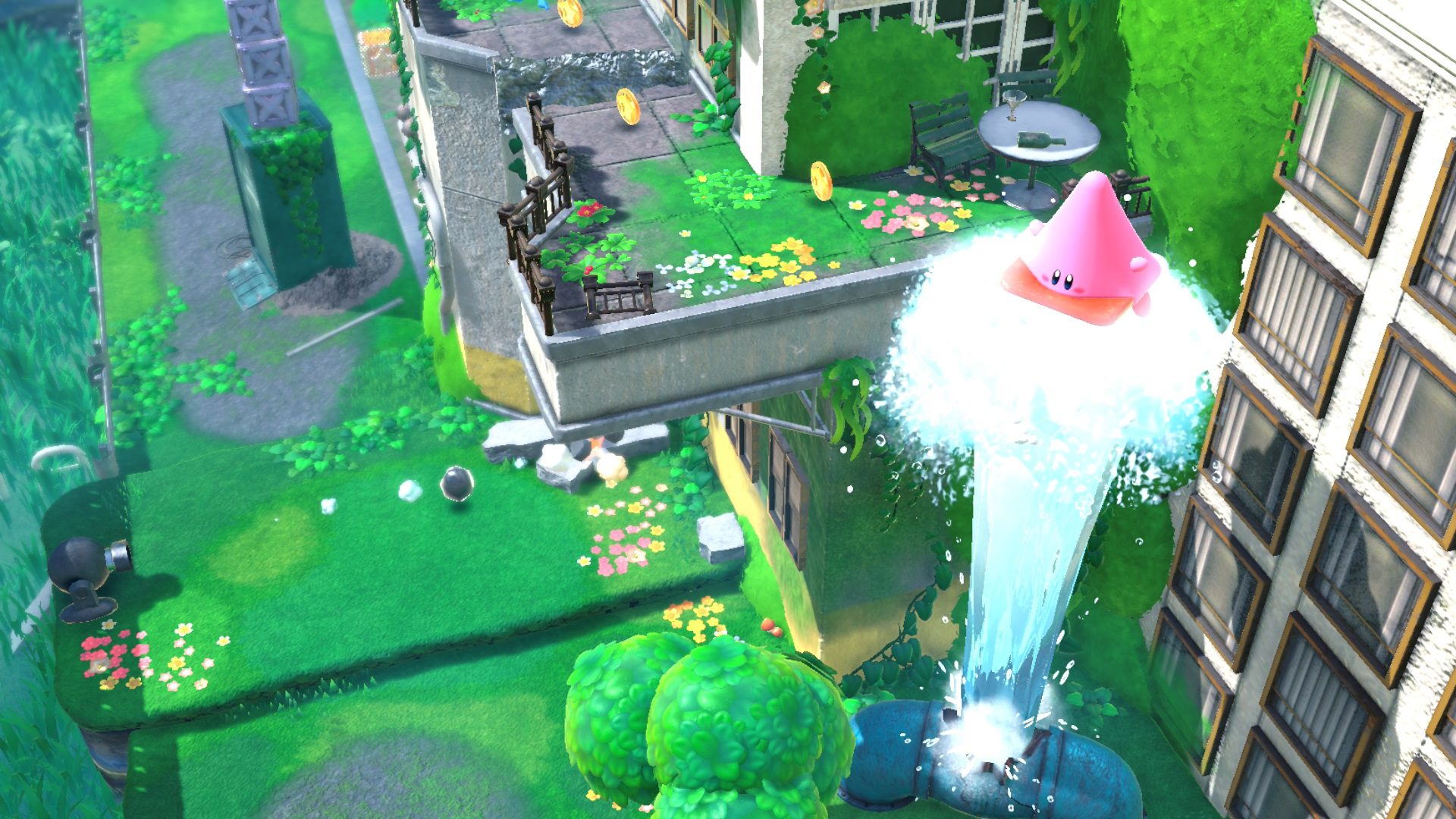It doesn’t need one, and neither does Zelda, arguably!
So the Zelda timeline story has been a fascinating thing to see unfold, especially once we were given the goods roughly a decade ago. The gist is that Nintendo has a sort of “series bible” on how Zelda works (common in creative IP), and when each game takes place. Some of it makes sense. Some of it is a mess. The Kirby series is avoiding that discussion entirely, as there is no Kirby timeline.
Speaking to The Washington Post, general director at HAL Shinya Kumazaki states that there is “no clear timeline,” as a result of not wanting to be constrained creatively. He elaborates:
“There is no clear timeline for the game stories. This is to avoid being constrained by past settings, and so that we can easily take on new challenges and prioritize the optimal gameplay experience for each installment — even in a series with a long history.”
With that in mind, there are things that could be considered continuity, that can constitute a fan-created timeline of sorts. Kumazaki notes:
“However, we can’t progress the story much if we have Kirby meet King Dedede for the first time in the opening of each game, so new installments inherit story elements that can be naturally accepted and easily understood by the players. For example, we use story elements that are effective at making each new game better, such as when the character Magolor repented his past actions and moved to Dream Land, or when Meta Knight got his revenge on Kirby.”
Fascinatingly, despite a lack of a foundational Kirby timeline, Kumazaki keeps future installments in mind when writing games so that unwritten projects are prepped for them: even though “action and gameplay” are the focus of the series. It sounds like a pretty healthy way to go about crafting an ongoing series, and the carefree nature of Kirby is perfect for that pipeline.


